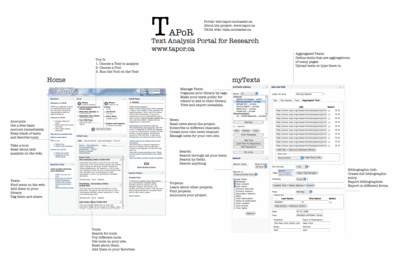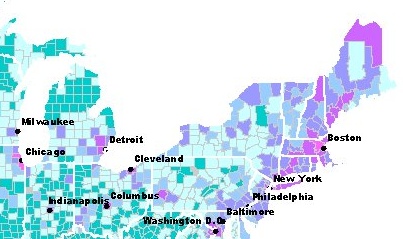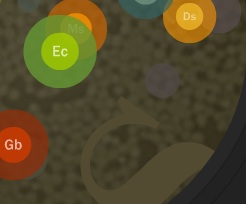In the 6th episode of the first season of HBO: The Wire the camera moves from a dead boy to follow a jury-rigged wire across the street through a broken window into the house where Wallace, a teenage drug dealer, and other kids live. Wallace wakes up and hustles the kids who are sleeping on couches and mattresses off to school, handing out a juice box and bag of chips to each that everday morning.
The wire in both the episode, the show, and the cable, is about the connections between people, connections between institutions like the police and drug gangs. It is about the ways they tap into each other’s lives, listening in and learning about the other. The wire the camera follows looks like an illegal tap into the electrical system – a long extension cord providing power to an apartement of kids who sleep in their clothes with Wallace as the closest they have to a parent. This family wire taps illegally into the electrical system, while the police tap into the beepers and phones Wallace and others use to deal. The wire is also a connection between Wallace who called his boss the evening before, when he recognized Brandon, the dead boy, starting a chain of beeper calls, all logged by the police, that led to Brandon being picked up by the enforcers of the gang, tortured and left dead outside as a message everyone in the projects could see.
I noticed that the chidren, as they left for school, all had transparent backpacks. When I lived in Viriginia our children’s public school board was recommending (though not enforcing) transparent backpacks so that children couldn’t smuggle drugs and weapons into middle school. What has become of us when everything is watched and for the convenience of surveillance? I was appalled at the presumption of criminality, the implied fear, and the priority of security over education in what was otherwise a great school in a wealthy town. Why does war and security trump everything?
Continue reading The Wire


